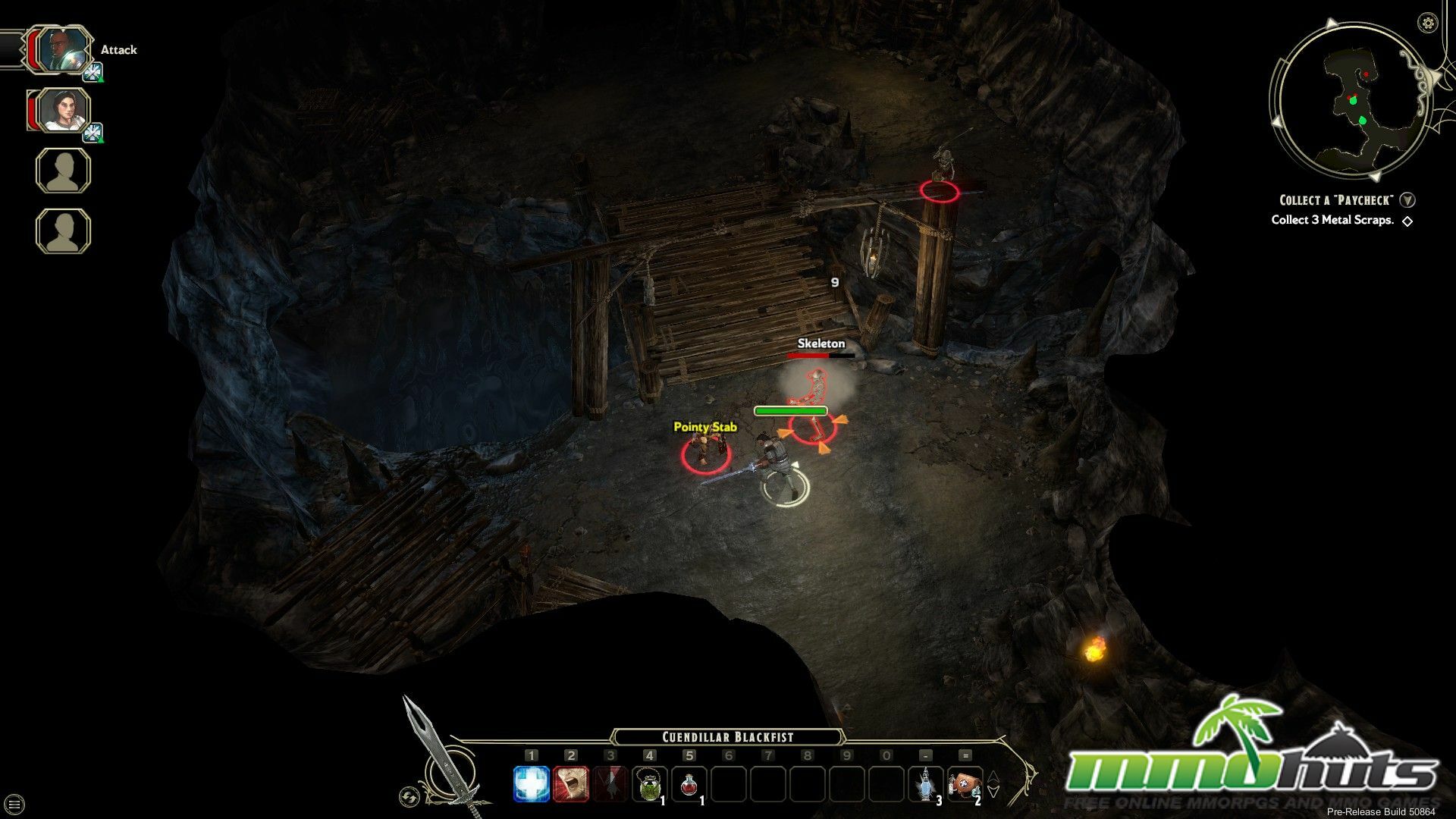

And the game is rife with this kind of overly specific fetch quest. The piece of coal I’ve already got is worthless, just so much dungeon flotsam. I’ve got to find a piece of coal from a different fireplace. I find some in the kitchen, and when I go back she won’t take that piece of coal because the cook spilled fish soup on it. She directs me to look in the fireplaces in the house to find coal.

The game dialog provides no way for me to give it to her. Then later, I had a woman ask me for a piece of coal to treat her sister’s poisoning, and I thought, aha! I’ve got one of those! What a wild stroke of luck! Except that she won’t accept it. It didn’t weigh much, and my D&D brain told me that it could perhaps be a spell component. I had sold the socks and tankard and chalk when encumbrance became a problem, but had held onto the coal. I had picked it up in some dungeon crawl along with a pair of dirty socks and a beer tankard and a bag of chalk (all real in-game items). You want some examples? Oh, baby, have I got examples. It was couple of hours later that the warts really started to show, the elements that by hour 10 or so were well on their way to driving me more than a little nuts. Torches smoked, dungeons were dank and creepy. The voice work was among the best I’ve ever experienced, the music fit the gameplay to a T, and the scenery was intricate and beautiful. Sword Coast Legends however sent along YouTube links to videos about dungeon creation using the in-game dungeon master interface, and though I didn’t watch the whole thing (several are about an hour long), I did watch a fair amount, and found myself thinking “These guys gets it.” These were guys who had played, as I had, pencil and graph paper D&D, and had really thought about how dungeon creation works, the pacing and balance of adventuring, and combat and treasure and gaining experience.įor the first several hours, five or six maybe, I felt that, the care they took in setting up their world. Companies create all kinds of stuff – videos, artwork packs, designer interviews – and send me links to YouTube and ftp sites, but I’m going to judge a game based on how it plays, not on what the designer says about what he was thinking when he made it. The Ugly: Combat control scheme kind of a mess.įor your information, or more likely for the information of the companies that make these games, I rarely spend a lot of time looking at marketing materials. The Bad: Overly fussy, overly scripted single player adventure. 6.8K Baldur's Gate II: Enhanced Edition.413 Planescape: Torment: Enhanced Edition.88 Persistent Worlds & Multiplayer for NWN (not EE).397 Custom Content & Community Exp Pack.If a company sold bad cars that broke often and and went bust afterwards people would react the same. I also hope same for any of their employees that were talentless hacks and I hope the talented ones get a new job soon. I hope their two company owners leave game industry and go plant some corn on fields or something. I am happy it all went bust, and we can finally get a good D&D game from someone else. Everyone bashed it, people didn't buy it, there was a wave of refunds and company went under. Someone high up made a poor decision - that D&D was too complicated for the average gamer and they should use a dumbed down diabolo approach - but that is no reason to condemn dozens of employees who probably thought the decision was as stupid as we do. It has a number of good features - the graphics engine is pretty good, the NPC characterisation and VO is good, and so on. Only because it didn't meet people's expectations as a "spiritual successor NWN" - expectations which the company had tried to dispel before the game was released. Steam score, reviews and most of the public think the game was terrible so I would say it is


 0 kommentar(er)
0 kommentar(er)
